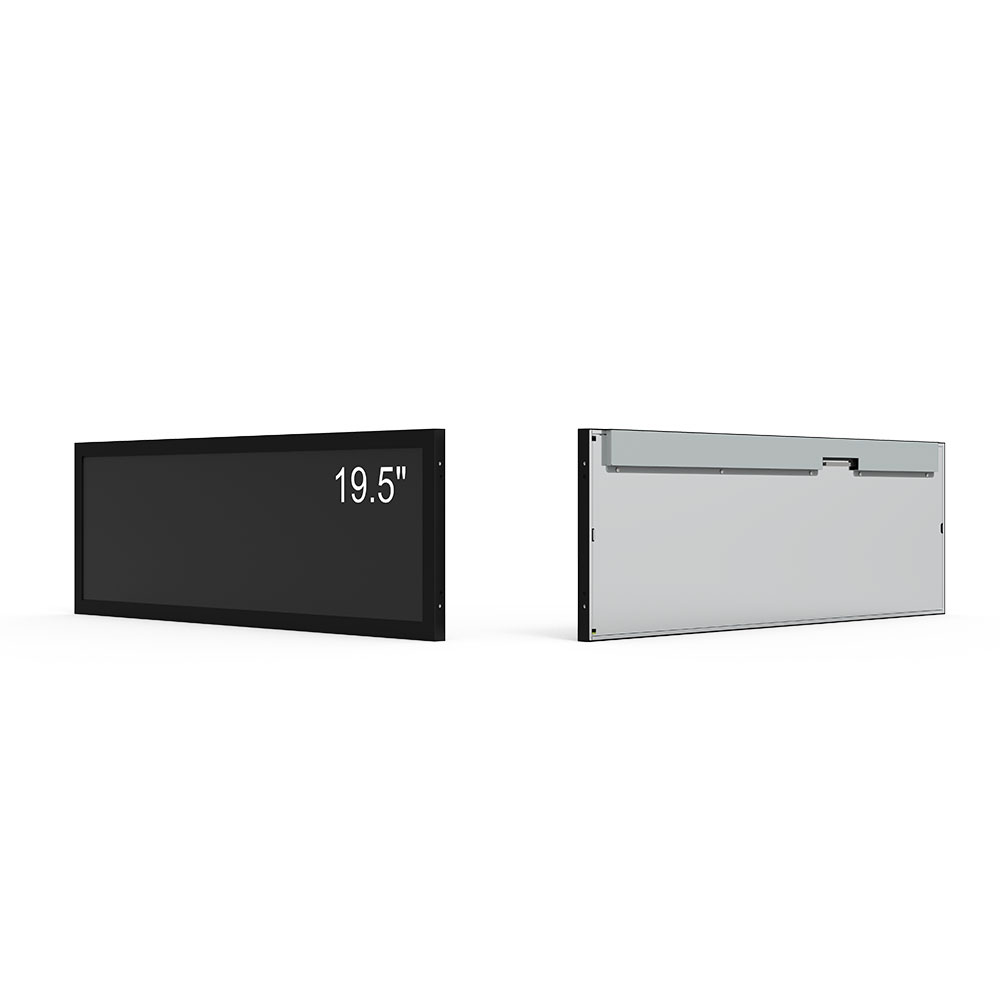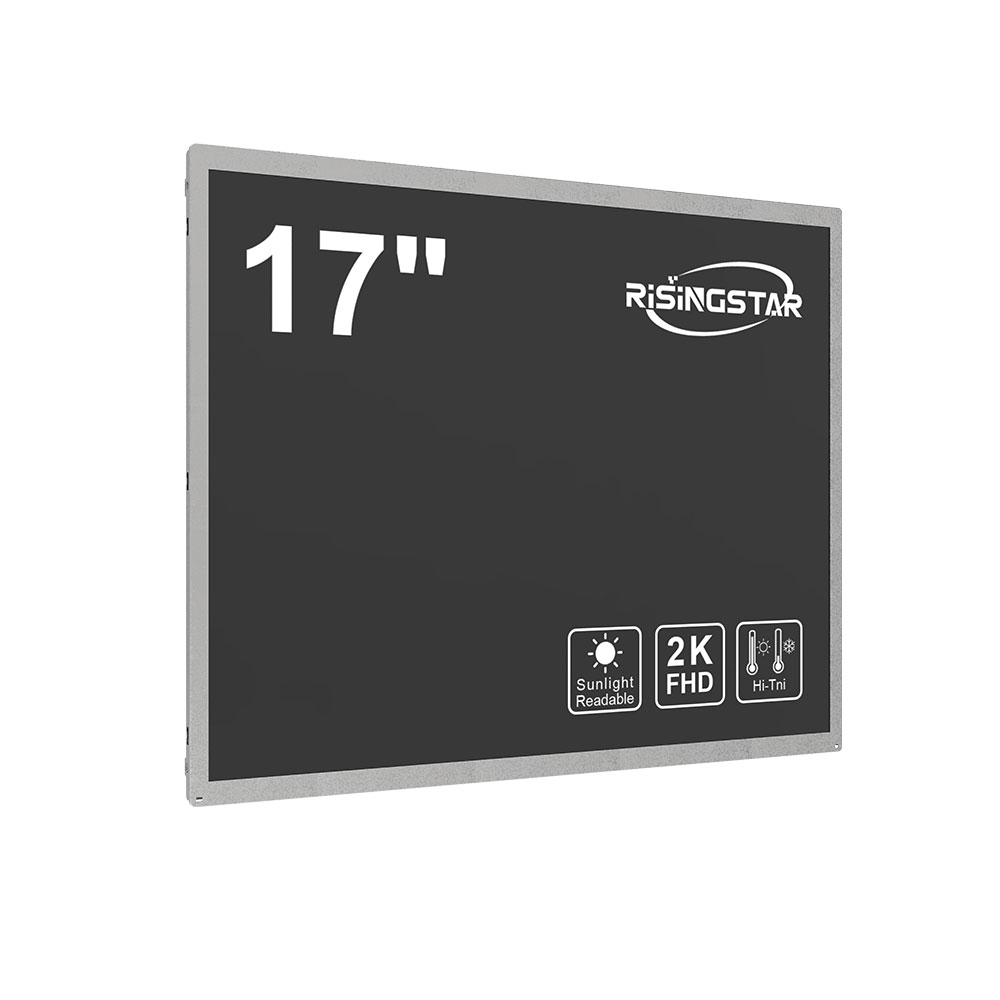When designing outdoor digital signage solutions, selecting the correct display ratio and screen size is critical to ensuring optimal visibility, energy efficiency, and long-term durability. The most common display ratio in modern outdoor LCD screens is 16:9, which aligns with widescreen content standards used in broadcast, advertising, and public information systems. This aspect ratio offers excellent compatibility with HD and 4K video formats, making it ideal for dynamic content delivery in environments such as retail stores, transportation hubs, and sports venues.
Screen sizes range from compact 10.1-inch units—often used in kiosks or vehicle-mounted displays—to massive 110-inch panels deployed in large-scale outdoor advertising installations. For example, a 13.3-inch screen may be suitable for an indoor-outdoor hybrid application like a hotel lobby monitor, while a 55-inch or larger display is typically required for high-traffic areas such as city squares or stadium entrances. Each size must be evaluated not only by physical space constraints but also by viewing distance and ambient light conditions. Industry standards such as IEC 62305 (lightning protection) and IP65/IP68 (dust and water resistance) become increasingly important as screen size increases due to greater exposure to environmental stressors.
Manufacturers like LG, Samsung, and NEC produce outdoor-rated LCDs with brightness levels exceeding 5,000 nits—a necessity for daytime readability under direct sunlight. These screens often feature anti-glare coatings, wide viewing angles (≥178°), and ruggedized enclosures designed for temperatures ranging from -30°C to +60°C. When installing a 43-inch or larger unit outdoors, thermal management via passive heatsinks or active cooling becomes essential to prevent overheating during summer peaks. Additionally, power consumption should be considered—larger displays consume more energy, so choosing LED-backlit models with adaptive brightness control can significantly reduce operational costs over time.

Case studies show that 21.5” and 27” screens are widely adopted in urban smart city projects for real-time transit updates and emergency alerts, while 65”–86” units dominate commercial settings like shopping malls and airports where attention-grabbing visuals are crucial. For ultra-large installations like billboards or event stages, 98” and 110” displays offer immersive experiences but require specialized mounting structures and networked control systems for synchronized content playback across multiple units.
Ultimately, the choice of screen size and 16:9 ratio must balance aesthetic impact, technical performance, and budget. Professionals should consult manufacturer datasheets, conduct on-site lighting assessments, and verify compliance with regional certifications before deployment.








